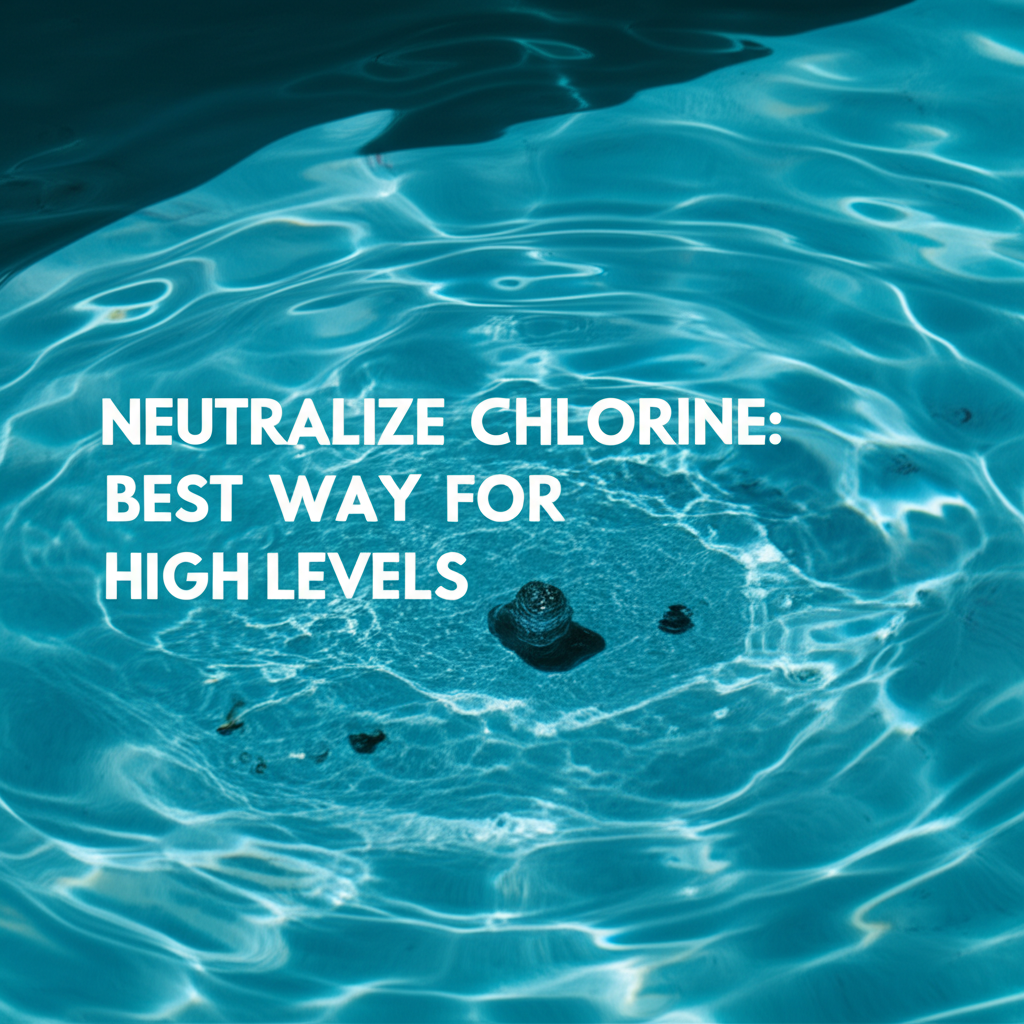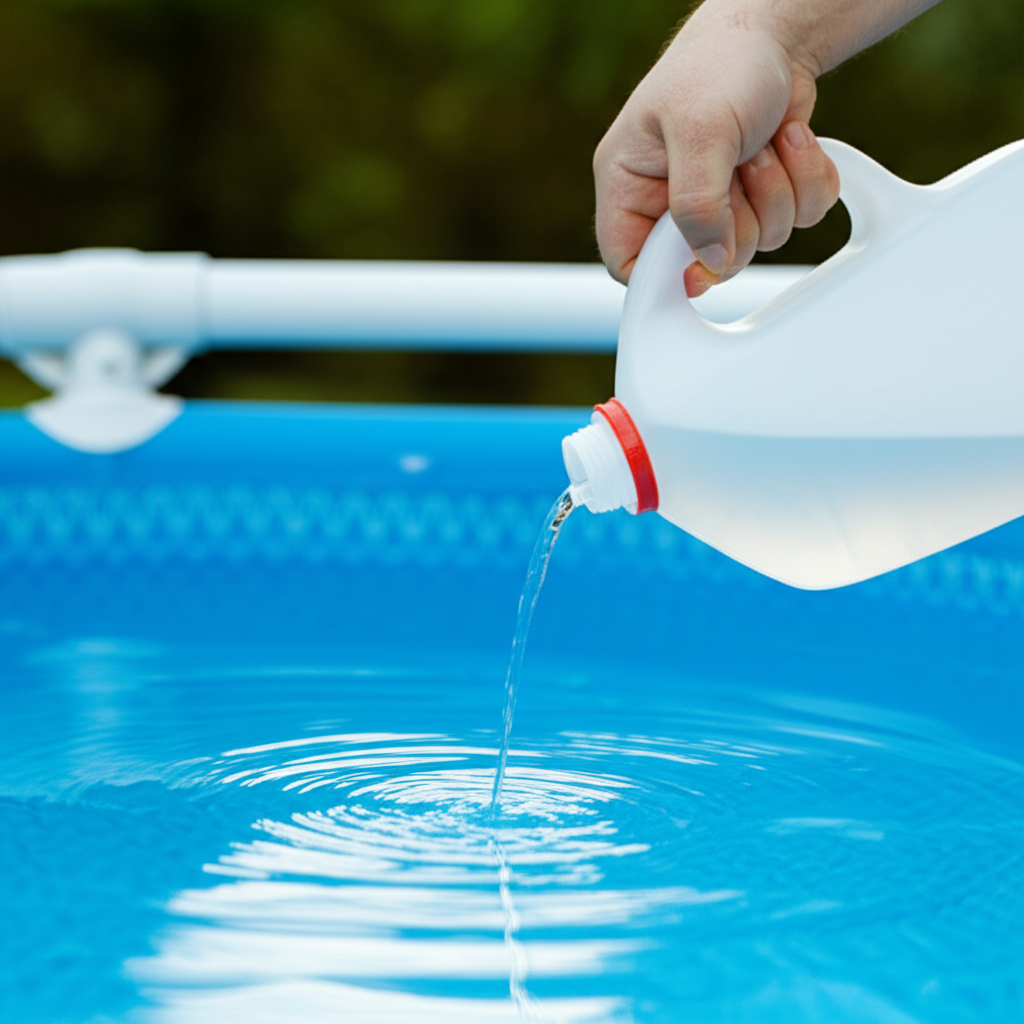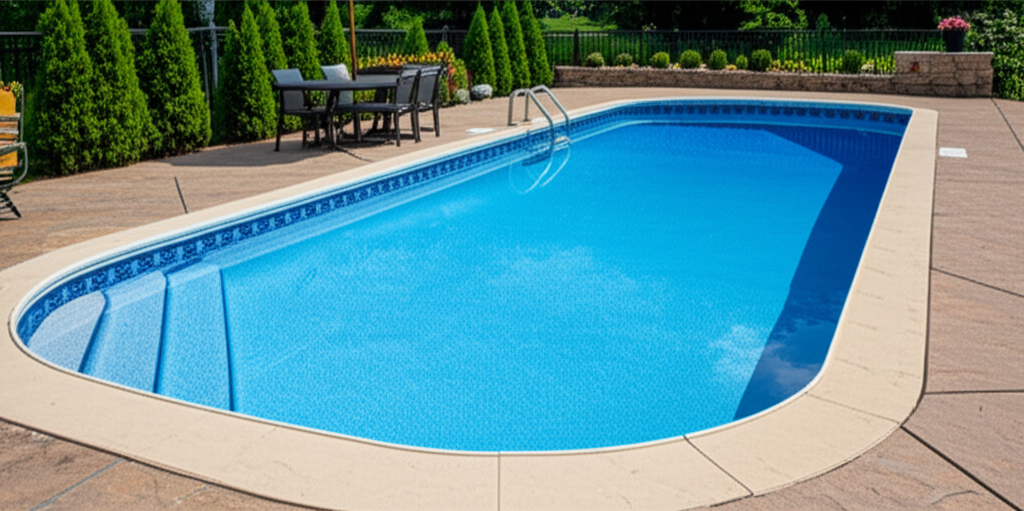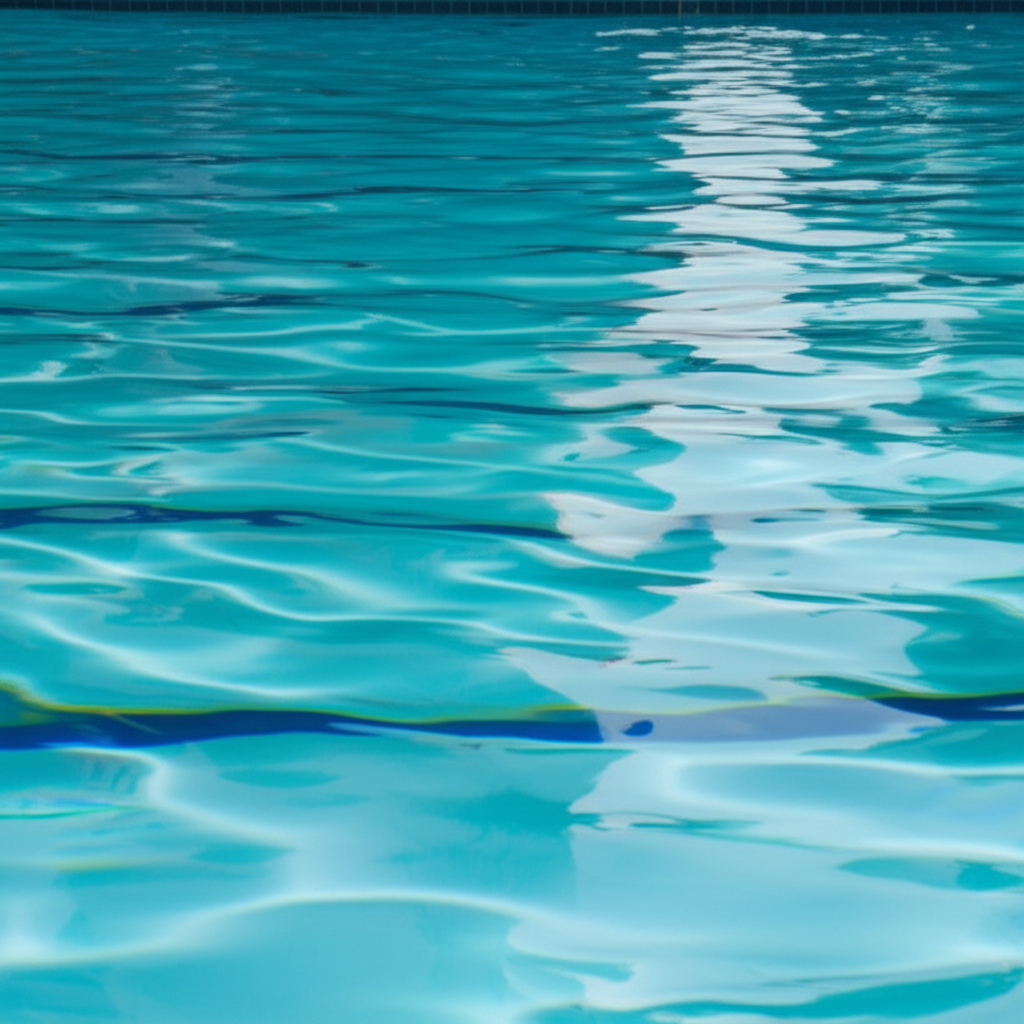- The Dangers of High Chlorine Levels
- When is Chlorine Considered "High"?
- Effective Methods to Neutralize Chlorine
- Chemical Neutralizers
- Physical Neutralization Methods
- Choosing the Best Way to Neutralize Chlorine for High Levels
- Safety First
Neutralize Chlorine is a crucial process, especially when dealing with elevated levels of this powerful disinfectant. While chlorine is indispensable for sanitizing water and preventing the spread of waterborne diseases, excessively high concentrations can pose significant risks to health, equipment, and sensitive ecosystems. Understanding why and how to effectively reduce these levels is vital for homeowners, pool owners, and anyone dealing with chlorinated water.
The Dangers of High Chlorine Levels
Before diving into solutions, it’s important to understand why mitigating high chlorine levels is so important. Chlorine acts as an oxidizer, which is what makes it effective against bacteria and viruses. However, this same property can cause adverse effects:
Health Concerns: Direct contact or inhalation of high chlorine levels can irritate the skin, eyes, and respiratory system. Swimmers in heavily chlorinated pools might experience red eyes, itchy skin, and respiratory discomfort. Ingesting water with excessive chlorine can lead to an unpleasant taste and odor, and potentially digestive upset.
Damage to Infrastructure: For pools and hot tubs, chronic high chlorine can accelerate the degradation of liners, gaskets, and pump seals. In plumbing systems, while less common from municipal water, exposure to extremely high levels (e.g., from a treatment chemical spill) could potentially impact certain pipe materials over time.
Environmental Impact: Discharging water with high chlorine levels directly into gardens or natural waterways can be detrimental. It can harm sensitive aquatic life, beneficial soil microorganisms, and plant root systems, leading to stunted growth or even plant death.
Aquatic Life Safety: For aquariums or ponds, even trace amounts of chlorine can be lethal to fish and other aquatic organisms. Therefore, neutralizing chlorine in tap water before adding it to these environments is non-negotiable.
When is Chlorine Considered “High”?
The definition of “high” chlorine varies depending on the context.
Drinking Water: The EPA sets a maximum residual disinfectant level (MRDL) for chlorine in drinking water at 4 parts per million (ppm). Anything consistently above this for municipal water is problematic. Taste and odor can become noticeable at much lower levels (1-2 ppm).
Swimming Pools/Hot Tubs: For recreational water, the ideal free chlorine range is typically 1-3 ppm, with some recommending up to 4 ppm. Levels consistently above 5 ppm are generally considered high and can cause swimmer discomfort and equipment wear. “Shock” treatments might temporarily raise levels higher, but they are intended to dissipate.
Aquariums/Ponds: Any detectable level of chlorine (even 0.1 ppm) is considered high and dangerous for most aquatic life.
Gardening/Hose Water: While plants can tolerate some chlorine, prolonged exposure to levels above 2-3 ppm, especially for sensitive plants or seedlings, can be detrimental.
Testing your water regularly with appropriate test kits (for pools) or chlorine test strips (for tap water) is the first step in identifying and addressing high levels.
Effective Methods to Neutralize Chlorine
When facing the challenge of high chlorine, several reliable methods can be employed, each suitable for different scenarios.
Chemical Neutralizers
These are often the quickest and most effective solutions for immediate and significant reductions.
1. Sodium Thiosulfate (Na2S2O3): This is perhaps the most common and versatile chemical chlorine neutralizer. It works by reducing chlorine (an oxidizer) into harmless chloride ions.
Uses: Widely used in pools to reduce chlorine after shocking, in aquariums to treat tap water, and in laboratories or industrial settings to neutralize chlorinated wastewater. It’s often available in granular or liquid forms.
Pros: Fast-acting, relatively inexpensive, effective against both chlorine and chloramines (though requires slightly higher doses for chloramines).
Cons: Overdosing can temporarily lower pH or, in very high amounts, consume too much oxygen, but this is rare in typical applications.
2. Ascorbic Acid (Vitamin C): Ascorbic acid and its salt, sodium ascorbate, are excellent and completely safe chlorine neutralizers. They react quickly, converting chlorine into chloride ions.
Uses: Popular for neutralizing chlorine in bath water (shower filters), small-scale sensitive applications, and even for declorinating drinking water quickly.
Pros: Very safe, effective, fast-acting, and does not leave any harmful byproducts.
Cons: Can be more expensive than sodium thiosulfate for large-scale applications. May slightly lower pH.
3. Sodium Sulfite (Na2SO3) / Sodium Metabisulfite (Na2S2O5): Similar to sodium thiosulfate, these compounds are also effective reducing agents. Sodium metabisulfite is often used in brewing and winemaking to remove chlorine from water.
Uses: Less common for general consumer use for high chlorine levels compared to sodium thiosulfate but effective in certain industrial or specialized applications.
Pros: Effective.
Cons: Can affect pH more significantly than thiosulfate, especially sodium metabisulfite which releases sulfur dioxide.
Physical Neutralization Methods
These methods involve physical processes to remove or dissipate chlorine without adding chemicals.
1. Evaporation/Aeration: Chlorine gas will naturally off-gas from water over time, especially if the water is exposed to air and agitated.
Process: Simply letting water sit in an open container for 24-48 hours, or aerating it (e.g., with an air stone for aquariums or by running fountain pumps in pools).
Pros: Natural, no chemicals added.
Cons: Time-consuming, not effective for chloramines (which are more stable), and impractical for very high levels requiring rapid neutralization.
2. Activated Carbon Filtration: Carbon filters are highly effective at adsorbing chlorine, chloramines, and many other organic contaminants from water.
Process: Water passes through a bed of activated carbon, which traps chlorine molecules in its porous structure.
Uses: Point-of-use filters (pitchers, faucet mounts), whole-house filtration systems, shower filters, and large-scale industrial water treatment.
Pros: Continuously removes chlorine and many other impurities, provides clean water on demand.
Cons: Filters need periodic replacement, flow rates can be reduced, initial cost can be higher than chemical treatments.
3. Ultraviolet (UV) Light: While primarily known for disinfection, high-dose UV light can also break down chloramines (converting them back to chlorine, which then off-gasses, or breaking down into other less harmful compounds). It’s less effective at directly neutralizing free chlorine quickly.
Uses: Primarily for advanced pool and spa systems, or specific industrial applications.
Pros: Chemical-free reduction of chloramines.
Cons: Not a primary solution for high free chlorine, expensive to install and maintain, flow-limited.
Choosing the Best Way to Neutralize Chlorine for High Levels
The “best” way depends entirely on the situation:
For swimming pools with very high chlorine after shocking: Sodium thiosulfate is usually the most economical and effective choice for rapid reduction. Always add slowly and retest.
For preparing tap water for aquariums or sensitive plants: A liquid water conditioner containing sodium thiosulfate or a similar compound is ideal for instant results. Activated carbon filters are also excellent for continuous supply.
For whole-house tap water where taste/odor is an issue: A whole-house activated carbon filter provides continuous, chemical-free neutralization.
For a quick declorinating shower: An ascorbic acid-based shower filter is a great solution.
For an emergency spill or large industrial volume: Sodium thiosulfate in bulk is typically the go-to for its cost-effectiveness and rapid action.
Safety First
When handling chemical neutralizers, always follow the manufacturer’s instructions. Wear appropriate personal protective equipment (gloves, eye protection) and ensure good ventilation. Never mix different chemicals without being certain of their compatibility. Store chemicals in cool, dry places, away from children and pets.
Effectively managing and neutralizing high chlorine levels is paramount for safety, comfort, and environmental protection. By understanding the causes of high chlorine and the various neutralization methods available, you can confidently choose the best approach for your specific needs, ensuring water is safe and suitable for its intended purpose.




